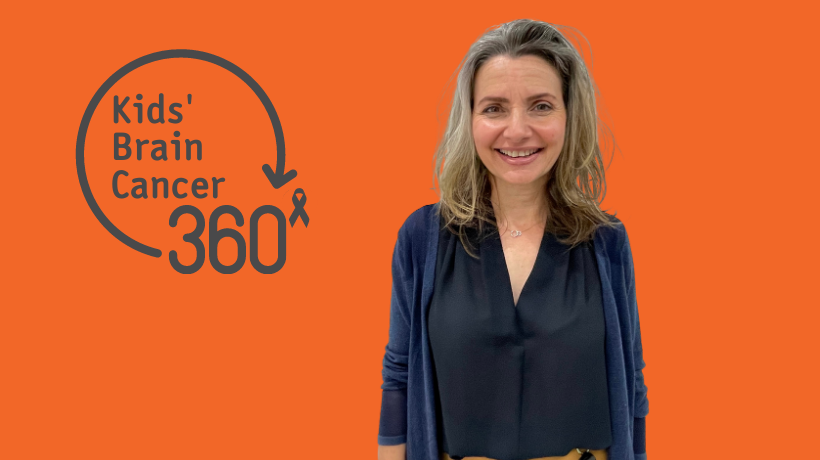
Kids’ Brain Cancer 360 is an editorial series where The Kids’ Cancer Project takes a deep dive into the issues confronting children diagnosed with this, the deadliest disease faced by Australian families today, by speaking with a broad spectrum of carers.
Today we hear from Ranita Sidhu, Occupational therapy coordinator, Perth Children's Hospital, who provides her perspective as an occupational therapy coordinator with a specialty in paediatric brain cancer.
There have been incredible advances in the treatment of childhood brain cancers over the years I’ve worked on the Children's Oncology and Haematology team, since 1996.
A lot of the work has been around understanding the molecular nature of tumours. That has allowed for the stratification of the disease in terms of whether it is more high-grade or high-risk.
As a result, we’re able to understand brain cancers and target their treatment more appropriately. That should push out the disease survival curve.
The knowledge doesn’t just affect clinical treatment decisions, however. I attend the medical meetings with my colleagues because I am also interested to understand, from my perspective, what it means for the child and family, what intensity of treatment they are going to receive and what the outcomes might be. This is to inform my own strategies for the child’s therapy.
From an OT (Occupational Therapy) perspective, this knowledge around types of brain cancers and treatment options will affect the functional outcomes that child might experience. Therefore, it influences decisions around the child’s ongoing care. It informs how I can work with that child and family in a way that is most helpful for them.
That is real progress, and because of this, some children are surviving longer.
But that also opens up the possibility of children surviving for longer with physical and/or psychological impacts from the treatment. I don’t think funding has come to support that aspect of intervention. Current funding is very much focussed on survival, on pushing out that survival curve. And I can appreciate that wholeheartedly.
In the very near future, though, we are going to have to see some of that funding translating into supporting children through lives lived with physical or intellectual deficits. They might need more support in setting up their home, in schooling, in managing physical access, etc.
We need to better understand the neuropsychological impact of treatments and ongoing care in terms of cognitive development and learning outcomes. Right now, funding has not translated to those spaces, meaning care outcomes could be better.
Understanding the neurophysiology and the type and progression of the cancer helps therapists to be able to work with the young person in a way that is respectful, that is informed, that isn’t offering false hope but also isn’t offering no hope. For the child and the family this is vital, which is why greater investment in this area is also essential.
